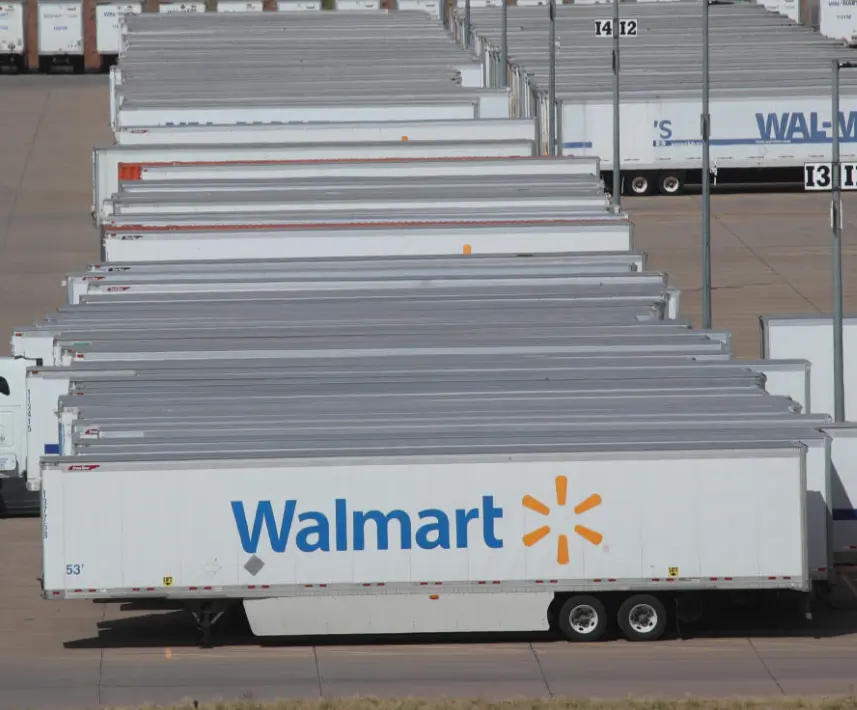Robotic forklifts will be used by Walmart at its distribution hubs.

Within the field of warehouse robotics, the story frequently returns to the uncompromising speed established by Amazon. The e-commerce behemoth changed its delivery processes more than ten years ago when it acquired Kiva Systems. Walmart is pursuing an alternative strategy in an attempt to remain competitive, choosing to engage with a variety of robotics businesses to create a patchwork of automation solutions.
The retail giant recently announced a new collaboration with Austin-based firm Fox Robotics, bringing 19 of the robotic forklifts into its distribution operations. Following a 16-month trial period in which Walmart tested the technology at Distribution Center 6020 in Florida, this news was made.
This facility, which the firm refers to as the first “high-tech DC,” acts as a test bed for automation and other cutting-edge technology prior to their wider rollout throughout Walmart’s distribution and fulfillment network. Walmart began experimenting with Symbotic’s package sorting and retrieval technologies in DC 6020, which helped to pave the path for additional advancements.
Walmart initially intended to equip the technology in all 42 of its Regional Distribution Centers, roughly tripling its original objective of 25, building on the success of these trials. Even though the most recent announcement only focuses on four high-tech DCs, the retailer is still willing to grow if things go well.
Brownfield deployment is a practical approach to automation that involves retrofitting existing warehouses with technology rather than building new facilities from the ground up. Robotic forklifts are a prime example of this method. Although this approach is quick and economical, there can be long-term trade-offs.
Why is automating forklifts so important? Automated systems promise increased safety in addition to efficiency. Forklifts are a major source of risk in the workplace; in the United States, they injure about 95 people per day. The potential hazards become immediately evident when one imagines operating heavy gear in confined locations that are crowded with personnel, especially when views are obscured by protruding metal prongs.
Discover more from GISTVIBEZ
Subscribe to get the latest posts to your email.






